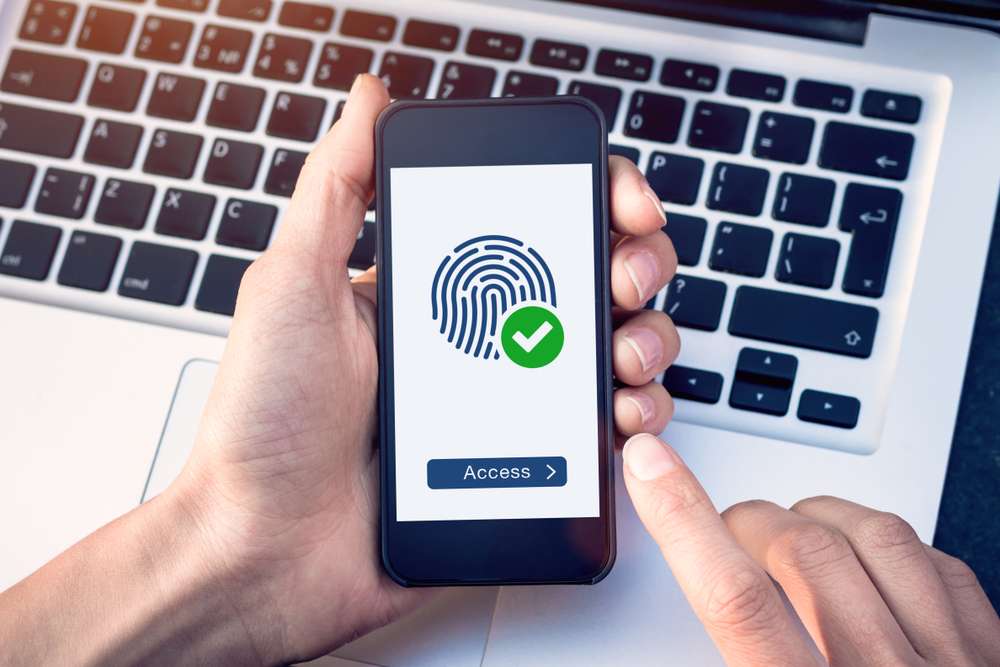Touchless Unlock Techniques: What Works, What Risks, What To Configure
Touchless unlock aims to make everyday access faster, more hygienic, and more accessible. From depth-sensing face recognition to proximity unlock with a smartwatch, results vary widely in security and convenience. This guide explains what actually works today, the risks you should weigh, and the settings to configure for stronger protection without sacrificing usability.

Touchless unlock promises speed and convenience when your hands are busy, wet, gloved, or you simply want less friction. The challenge is balancing ease with real security. Some methods are robust enough for everyday protection, while others are better kept for low‑risk scenarios or accessibility needs. Understanding how each technique works helps you decide what to enable, when to rely on a PIN or passcode, and how to set up safer defaults.
Keep your hands off the phone!
Modern phones lean on biometrics and proximity to keep interaction minimal. Depth‑sensing facial recognition, as seen on some flagship devices, offers reliable hands‑free access with liveness checks that resist printed photos and most basic masks. Simpler camera‑only face unlock on many Android models is faster but generally easier to spoof and often restricted from high‑risk actions like payments.
Voice unlock has largely been curtailed because recorded or synthesized speech can be replayed. Proximity unlock via a paired wearable can be convenient, but it depends on the strength of Bluetooth security, anti‑relay protections, and the wrist detection or PIN on the watch itself. If the companion device is not locked or can be worn by someone else, risk rises.
Key risks to weigh include shoulder surfing that learns your fallback PIN, face spoofing on weaker camera systems, and proximity relay attacks that extend wireless range. To reduce exposure, require strong attention checks for face unlock, keep the watch protected with its own PIN and wrist detection, and fall back to a long passcode when traveling or in crowded environments.
Gestures, gaze, and tongue controls?
Hands‑free control goes beyond unlocking. Accessibility features on major platforms offer head movements, facial expressions, or even eye tracking to navigate and activate on‑screen elements. It turns out you can control your phone remotely, for example with gestures, your eyes, or even your tongue! These tools are designed primarily for accessibility and hands‑busy scenarios, not as a primary unlock method.
In practice, gesture and gaze controls may let you wake the device, interact with notifications, or move through the interface after a standard unlock. Accuracy can vary with lighting, camera quality, and user fatigue. Because these controls can trigger unintentionally or be observed by others, they are best used as supplements, not replacements, for stronger authentication.
Pros in this category include improved accessibility, reduced touch in messy or sterile environments, and the ability to keep working when your hands are occupied. Limitations include higher error rates, potential privacy trade‑offs with always‑on cameras or sensors, and limited support for sensitive actions like payments or password autofill.
Get Insights on Mobile Access Control!
Configuration matters as much as the feature list. Start with the strongest biometric your device supports. Depth‑sensing facial recognition generally provides higher assurance than camera‑only systems. If your device offers attention awareness, enable it so the device checks that your eyes are open and looking toward the screen before unlocking.
Harden your fallback. Use a longer passcode rather than a simple 4‑digit PIN, and avoid patterns that can be guessed from smudge traces. Shorten auto‑lock time so the phone returns to a secure state quickly. Review lock‑screen content and hide sensitive notifications until after unlock to limit what bystanders can see.
Evaluate proximity unlock. If you use watch‑based or wearable‑based unlock, ensure the wearable has wrist detection and its own passcode, and set it to lock automatically when removed. Keep Bluetooth, watch, and phone firmware up to date, since mitigations for relay and pairing vulnerabilities ship via software updates.
Be selective with convenience unlocks. Features like on‑body detection, trusted places, or trusted devices are helpful but expand your risk surface. Prefer precise geofences and devices with hardware‑backed security. If a feature warns that it is less secure, reserve it for low‑threat contexts and disable it when traveling or in shared spaces.
Know your emergency options. Both major platforms include a lockdown mode that temporarily disables biometrics and requires a passcode until the next unlock. Memorize the gesture or button sequence so you can quickly invoke it when needed, such as at border crossings or large events.
Maintenance improves security and reliability. Re‑enroll your face in typical daylight if your initial scan was in poor lighting, and consider adding an alternate appearance if supported. Remove old biometrics for people who no longer need access. Keep the operating system and security patches current, and review app permissions for camera and microphone if you use gesture or gaze features.
Putting it all together, the most dependable touchless setup today typically combines depth‑sensing face unlock with strict attention checks, a strong passcode fallback, and carefully configured wearable unlock guarded by wrist detection. Gesture and gaze controls can provide hands‑free convenience after the device is unlocked, but they are best treated as assistance layers rather than primary gates.
Conclusion Touchless unlock works best when you match the method to your threat model. Robust facial recognition and secured proximity unlock deliver convenience with acceptable risk for many people, while experimental gesture and gaze controls shine as accessibility tools. With careful configuration and disciplined fallbacks, you can reduce friction without compromising core device security.




